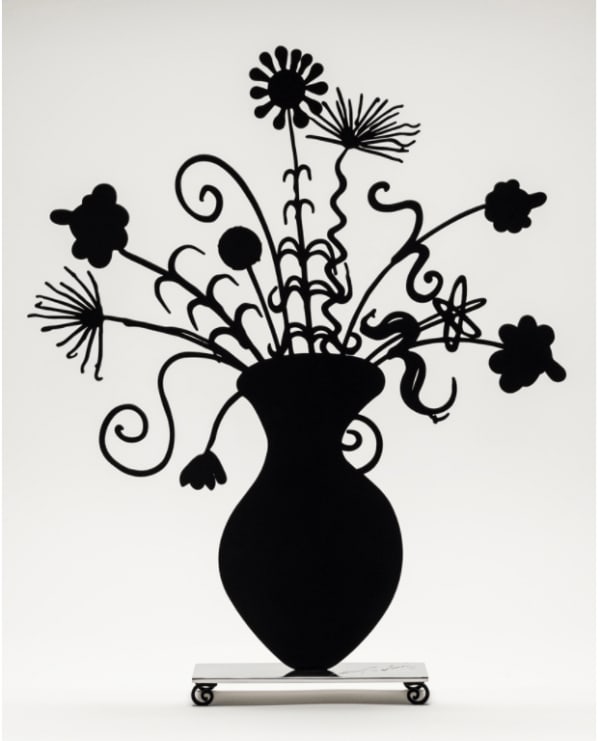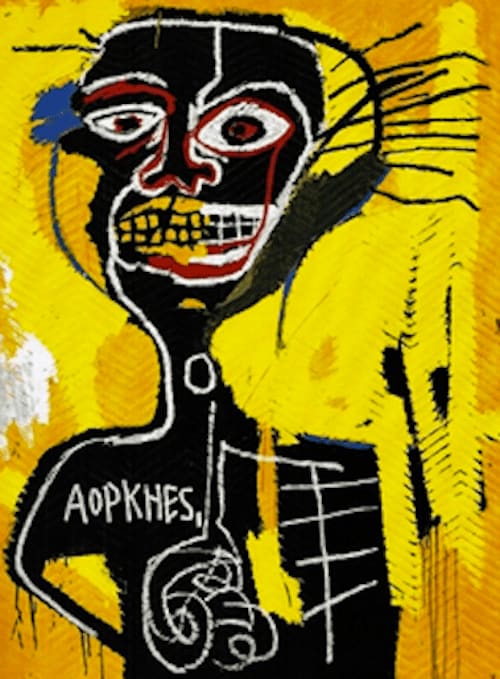In the electric chaos of 1980s New York, three young artists emerged from the same cultural cauldron yet took sharply distinct paths to fame and legacy: Kenny Scharf, Keith Haring, and Jean-Michel Basquiat. Each contributed to the visual language of the era, marrying street art, pop culture, and personal mythology in ways that reshaped contemporary art. Though often grouped together as icons of the downtown art scene, their approaches, intentions, and eventual reputations reflect both shared roots and marked divergence.
Kenny Scharf, known for his psychedelic, sci-fi-infused imagery and cartoonish exuberance, stood apart from his peers by leaning more heavily into optimism and satire. In contrast, Haring’s chalk outlines and Basquiat’s frenetic symbols often bore political and emotional weight. All three artists emerged from the Lower East Side’s graffiti scene, a melting pot of punk, hip-hop, queer culture, and underground clubs. Their early work appeared in the same subway tunnels and on the same walls, but Scharf’s color-drenched, Jetsons-meets-dystopia style was notably more playful than the darker, often more raw aesthetics of Haring and Basquiat.
They met and collaborated frequently—Scharf and Haring were roommates and close friends, often painting side by side or contributing to the same installations and parties. Yet while Haring and Basquiat quickly garnered institutional validation and gallery interest, Scharf resisted full commodification, opting instead for performances, custom-painted appliances, and immersive environments. His refusal to become part of the high-art machinery slowed his rise in comparison but helped him preserve a unique voice.
Scharf’s art teetered between joy and warning. His cartoon-like figures were bright, yet ominous, often hinting at nuclear anxiety or environmental destruction beneath a veneer of fun. This duality offered a subtler, but no less potent, form of commentary than Haring’s direct activism or Basquiat’s searing examinations of race, class, and power. Their art was shaped by similar external forces—Reaganomics, the AIDS crisis, Cold War paranoia—but each filtered those themes differently.
Where Basquiat turned to abstraction and historical reference, creating dense canvases filled with cryptic symbols and fractured text, Haring wielded iconography with clarity and repetition, creating universal signs for resistance and love. Scharf, by contrast, folded in consumer detritus and retro-futurism, pointing to a society numbed by pop culture and consumption. Though less overtly political, his work critiqued American escapism and denial through aesthetic overload.
The differences in their reception were partly due to race and identity. Basquiat, a Black artist navigating a mostly white art world, became a tragic symbol of genius and exploitation. Haring, a gay man confronting the AIDS epidemic head-on, turned his art into a form of activism. Scharf, white and heterosexual, was often sidelined as the “fun one,” his layered critiques lost beneath the bright colors. Yet in hindsight, Scharf’s resilience and refusal to conform appear as radical as his peers’ more dramatic gestures.
The trio’s impact on each other cannot be overstated. Haring’s work gained a sense of play through Scharf’s influence; Basquiat, while more solitary, absorbed the downtown scene’s anarchic energy, which Scharf helped shape. In turn, Scharf was emboldened by their drive and success, even as he remained on the periphery of the fine art market’s spotlight. Together, they defined a moment when art broke loose from white walls and institutional control, reclaiming streets, clubs, and television screens as valid sites of expression.
By the end of the 1980s, the trio’s paths had diverged tragically. Basquiat died of a heroin overdose in 1988. Haring succumbed to AIDS-related complications in 1990. Scharf, the last man standing, kept painting. He continued to evolve, adapting his style for murals, fashion collaborations, and installations—always orbiting that same exuberant weirdness that defined his youth.
Now, with retrospectives and renewed institutional interest, Scharf’s work is finally receiving the critical attention once lavished on his late friends. Exhibitions often reunite the trio, posthumously, as a visual conversation among brilliant misfits. But understanding their differences is as important as celebrating their similarities. Scharf was never “the other one.” He was the third voice in a vital, discordant harmony that captured the essence of a city—and a culture—on the edge.
Their shared 1980s New York roots were more than geography. They were a shared ethos: art should be everywhere, accessible, unapologetic, and alive. And in that sense, Scharf, Haring, and Basquiat remain permanently intertwined—street prophets of a time that still echoes through the art world today.













